We're surrounded by snow, ice, and dirt.
Why do we need firefighters? We're on the driest continent; why do we need firefighters?
We don't have trees or forests or kitties that need to be rescued; why do we need firefighters?
Furthermore, we're all physically fit. Our rigorous physical qualification processes ensure that. And lastly, we don't have cars zooming around causing car accidents. So, why do we need firefighters?
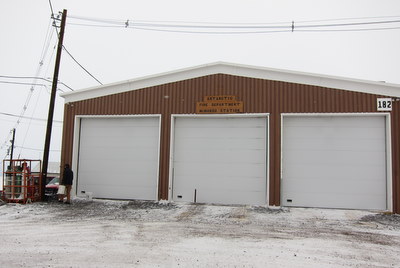
Firefighters down here do much more than just fight fires. They are the emergency response team that runs the ambulance in addition to the fire engines. If someone is hurt, injured, or hypothermic, then the firefighters come to our rescue. The firefighters also spend the night with sick patients if the hospital next door has overnight patients. They also assist with fuel spills – helping to contain and stop spills that may endanger people, buildings, or the environment. They also do the preventative work – building inspections and trainings for the various departments in town.
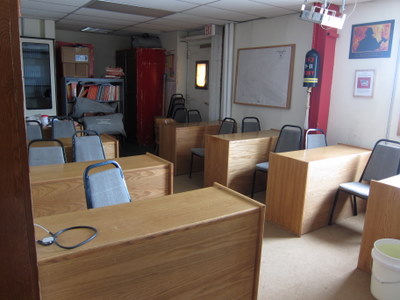
Lastly, they answer all of our calls and provide assistance in any emergency whether it is an injury, frostbite, electrical shock, a mental health issue, sparks from outlets, or fires in ashtrays.
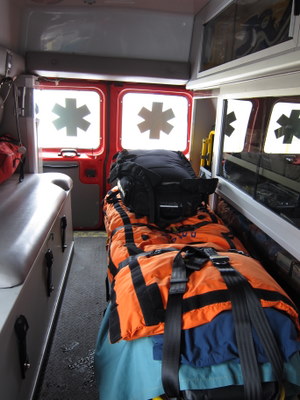
Scott, one of the captains, said they get about 1 call a day on average. Scott also said that in the last four years, they've had 3 vehicles and 2 buildings burn down. He also said they burned down completely because it was easier for the fire fighters to let them burn down than to endanger lives to try to salvage the buildings.
The fire fighters that are down here actually have to complete more training than they would need as firefighters in the United States. Most of them have a military background as they need aviation, medical, and firefighting skills and certification which is needed in places like Afghanistan and Ira q. The US Antarctica Program actually currently has 19 firefighters. Five are at South Pole, eight are at the airfield in front of McMurdo and we have another six here in McMurdo. We also have three captains and a total of five dispatchers. The firefighters work 96 hours a week in 24 hours shifts. At all times of the day and night, we have 3 firefighters on duty in town and 6 at the airfield.
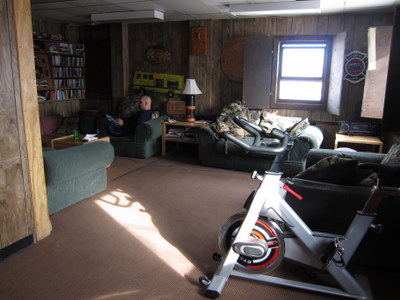
Valerie, one of the firefighters and Scott, one of the captains, gave Peggy and me a tour of the Firehouse here in McMurdo.
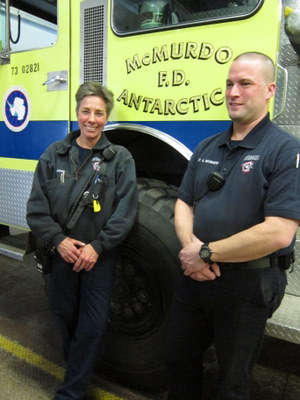
The firehouse has a living room, a kitchen, and bunks for the firefighters to rest in when they're on duty.
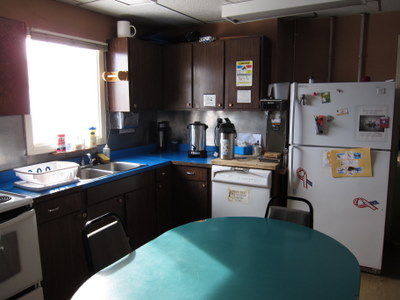
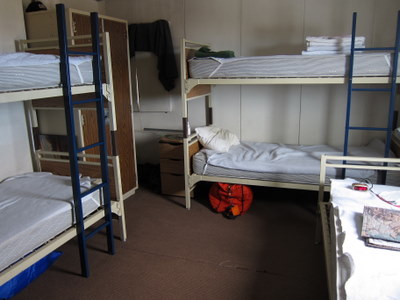
In the heated garage, they have two standard fire trucks that hold 750 gallons of water and a water tanker that holds 3,500 gallons of water. Working in this cold environment makes for a few differences with how they can use water. For one, their water contains 6% Antarctic Grade Foam, which is like dish soap in that it extends the wet capabilities of water by making the water more slippery so it resists freezing. Interestingly, McMurdo also has eight fire hydrants. Why don't those freeze? For one, the lines underground are insulated and they have a heat trace. Second, the water is continually circulating. Lastly, the part of the fire hydrant that is exposed to the air does not have water in it. The firefighters use this slippery water for most structural fires. For fires involving vehicles or metals that end in ium (titanium and magnesium) they use a powder, purple K that is infused in the water as simple water would make the fires worse.
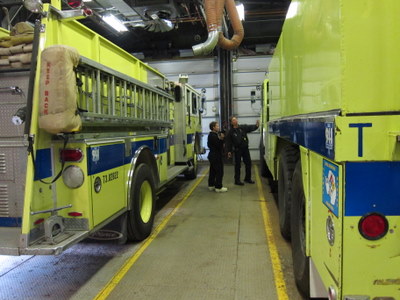
While the firefighters have their many roles, the dispatchers have even more. There are four of them with only one working at a time. This person answers between 300 and 500 phone calls a day while monitoring more than 16 radio frequencies. In addition to responding to emergencies, they also connect people to people and departments to departments. If someone in the states is trying to call us, dispatch will connect you to us. If I need to call someone in McMurdo and I don't have their number, dispatch comes to my rescue. If I'm locked out of my room, dispatch is the place to call. 911 for emergencies and 2555 for non-emergencies: two of the most important phone numbers here in McMurdo.
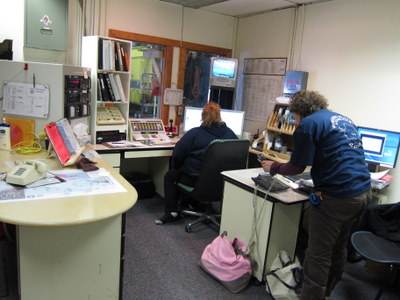


Comments